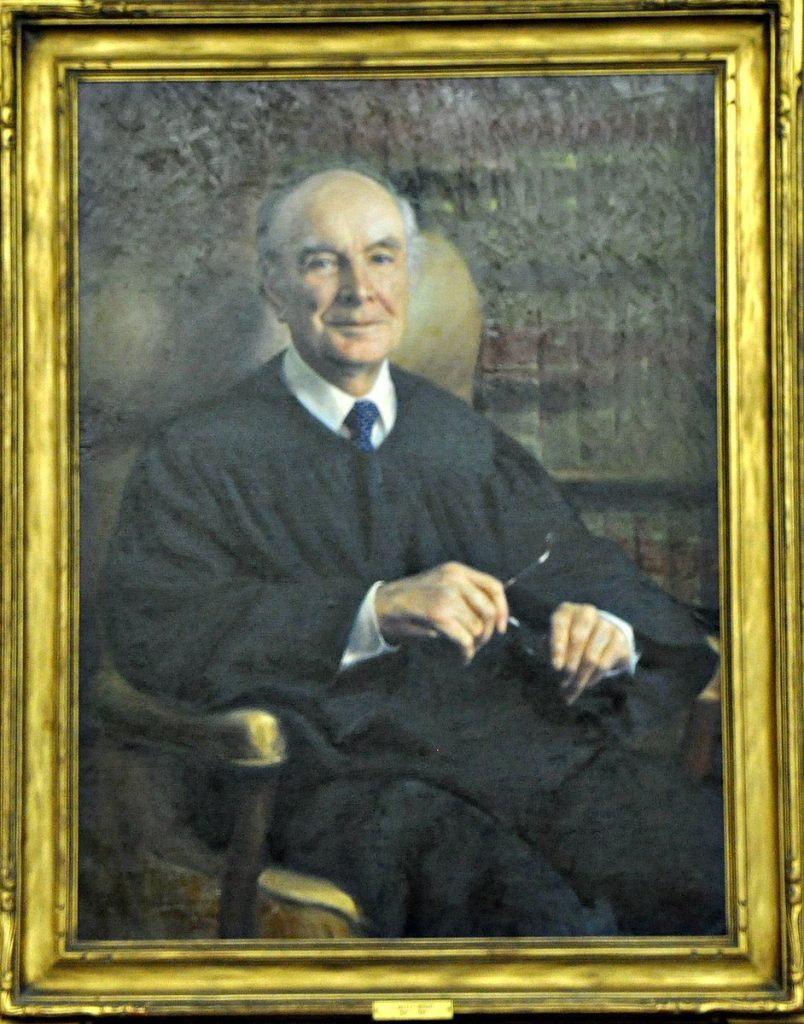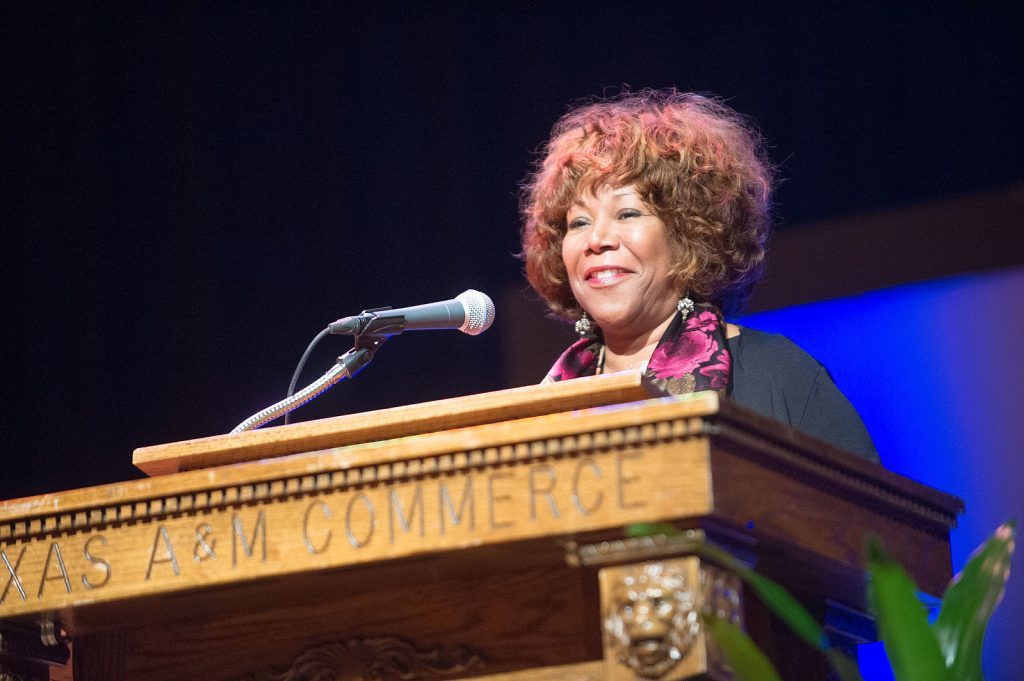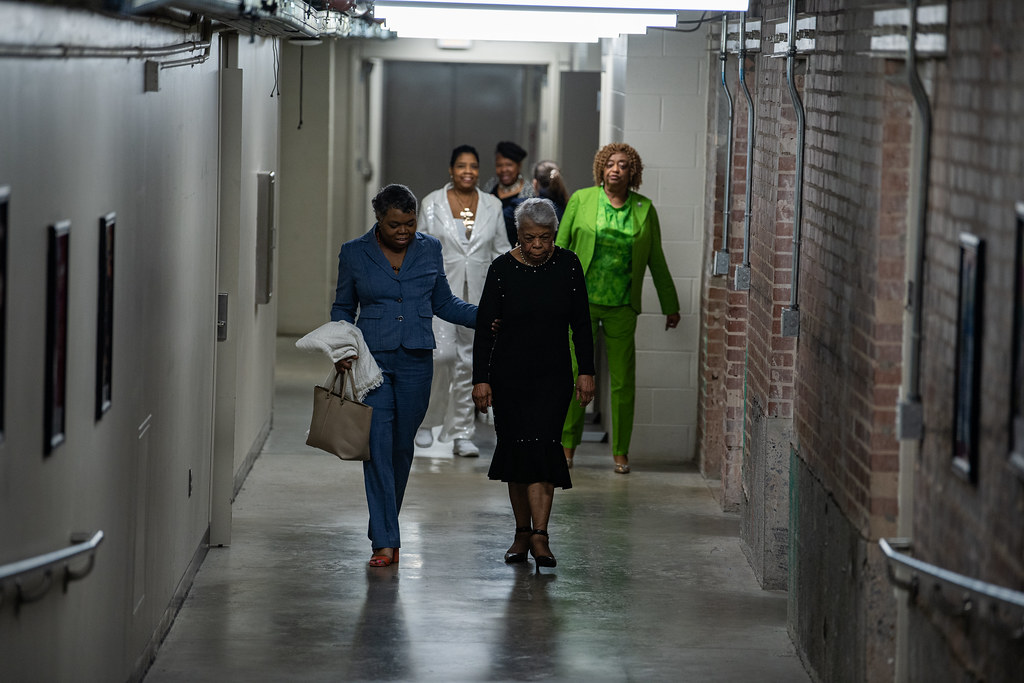Important People
Judge J. Skelly Wright
James Skelly Wright was the United States District Court district judge for the Eastern District of Louisiana during the New Orleans school desegregation crisis. Wright began his desegregation efforts early in 1951 at the Louisiana State University Law School. Alongside public schools, segregation at the upper college level existed. Wright’s efforts to root out discrimination did not stop with universities.
In 1952, Wright presided over the court case Bush v. Orleans Parish School Board. This case was part of a decade-long struggle to enforce the desegregation of public schools imposed by Brown v. Board of Education. Wright’s continued push in New Orleans to have public schools desegregated “with all deliberate speed” earned him the ire of the white population in the 1950s. He had become the most hated man in his birthplace, with his family ostracized alongside him. Despite the backlash, Wright managed to get New Orleans public schools to begin desegregation in 1960 before his promotion to the District of Colombia Circuit in 1962.

Portrait of Judge James Skelly Wright by Peter Stevens, under commission of the United States Court of Appeals for the District of Columbia Circuit in 1985 via Creative Commons
Ruby Bridges
Ruby Bridges was part of the New Orleans Four and the only Black child to integrate into William Frantz Elementary School during the 1960 New Orleans desegregation crisis. Born in the era of the Civil Rights Movement, Bridges was one of six Black children who were tested and passed to begin integration. However, she was the only one who could integrate. Bridges would maintain federal marshal escorts during her school year for her protection. On her first day at William Frantz in 1960, white parents came to the school to remove their children.
Marshals described Bridges as a brave child who was fearless in facing the angry white crowd when heading to school with her escorts. She described the experience as believing the noise was part of Mardi Gras. During her first year at William Frantz, she was taught alone in a classroom with no other students, and she could not interact with other students for her safety. In 1964, Norman Rockwell’s painting The Problem We All Live With and Robert Coles’ children’s book The Story of Ruby Bridges featured Bridges. In her adult life, Bridges still works as an activist and runs the Ruby Bridges Foundation, an organization that fights racism and provides support for younger generations. Bridges released a memoir, Through My Eyes, detailing her experiences as a child during the Civil Rights Movement and the impact of racism on all ages. Bridges also published the children’s book Ruby Bridges Goes to School: My True Story.

Photo of Ruby Bridges at Bush School by Texas A&M University-Commerce Marketing Communication Photography in 2023 via Creative Commons Attribution 2.0 Generic
Leona Tate, Tessie Prevost, Gail Etienne
Leona Tate, Tessie Prevost, and Gail Etienne were the other three members of the New Orleans Four who integrated into a white public school during the desegregation crisis. Alongside Prevost and Etienne, these three girls would enroll at McDonogh 19 Elementary School and be known as the McDonogh Three. Escorted by U.S. Marshalls, the girls would enter the school to begin lessons. Similar to Bridges, white parents removed their children from McDonogh 19 on the same day.
After the girls enrolled, no white children returned to McDonogh 19 Elementary School, which had become an all-Black public school by 1962. The struggle of school integration would follow these girls through their formative years.
Tate created the Leona Tate Foundation for Change in adulthood and purchased McDonogh 19 Elementary School. Tate had the historic building reopened as the Tate, Etienne, and Prevost (TEP) Center. The McDonogh Three continue working together to train the public on anti-racist activism and spread civil rights awareness.

Photo of Leona Tate, Gail Etienne, and Tessie Provost attending the U.S. Marshals Service Director’s Initiative in 2024 via Creative Commons Attribution 2.0 Generic